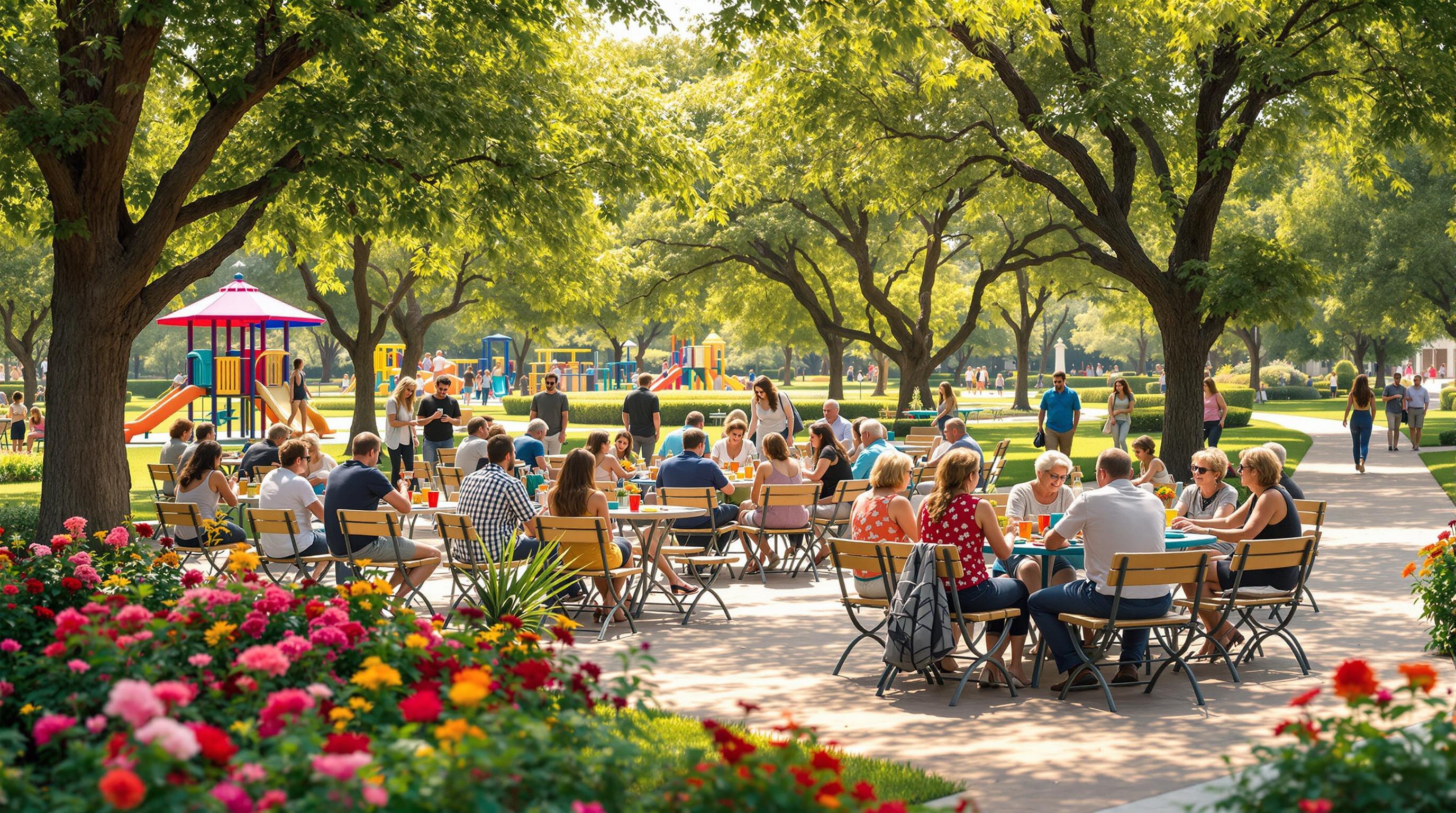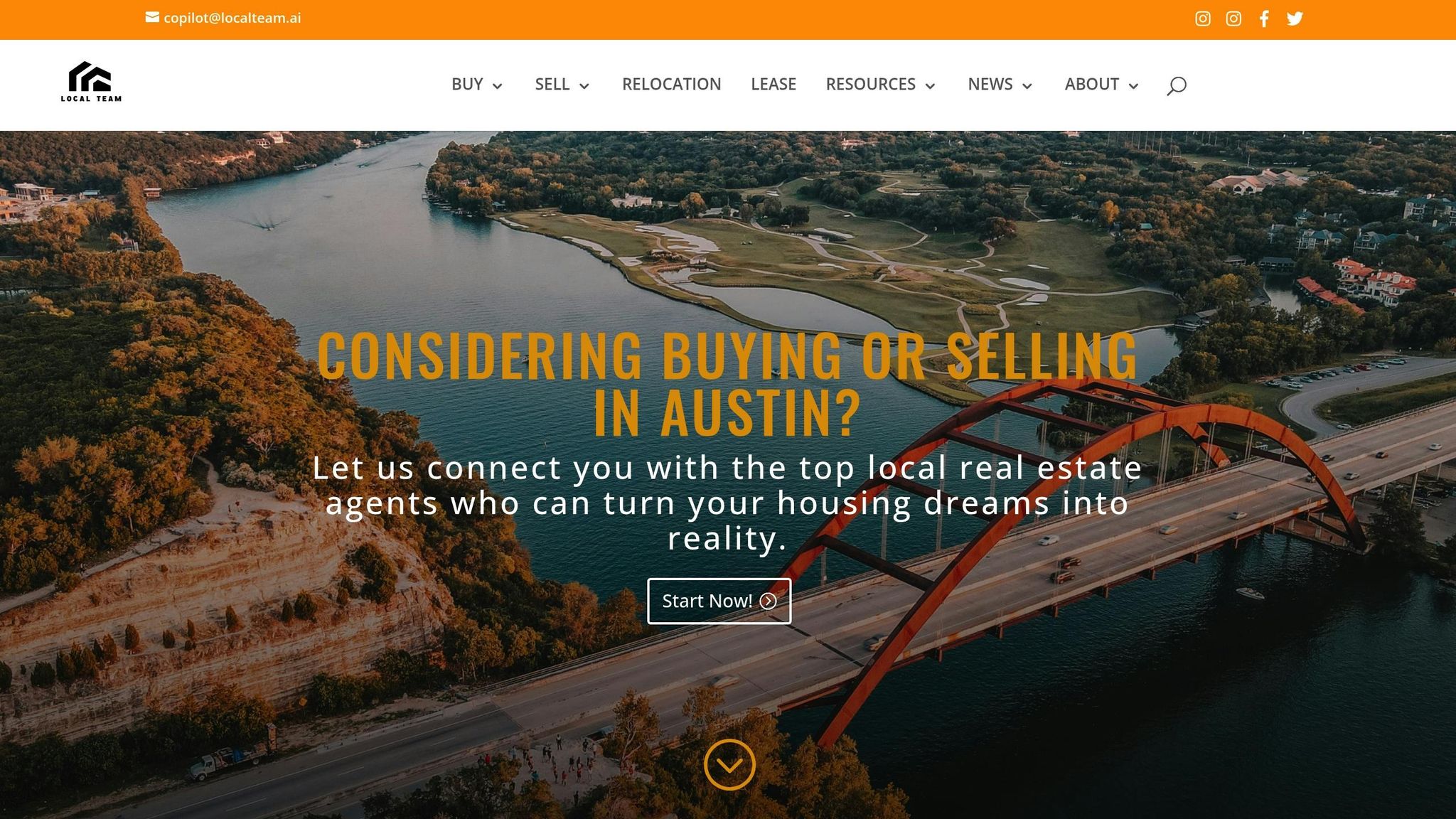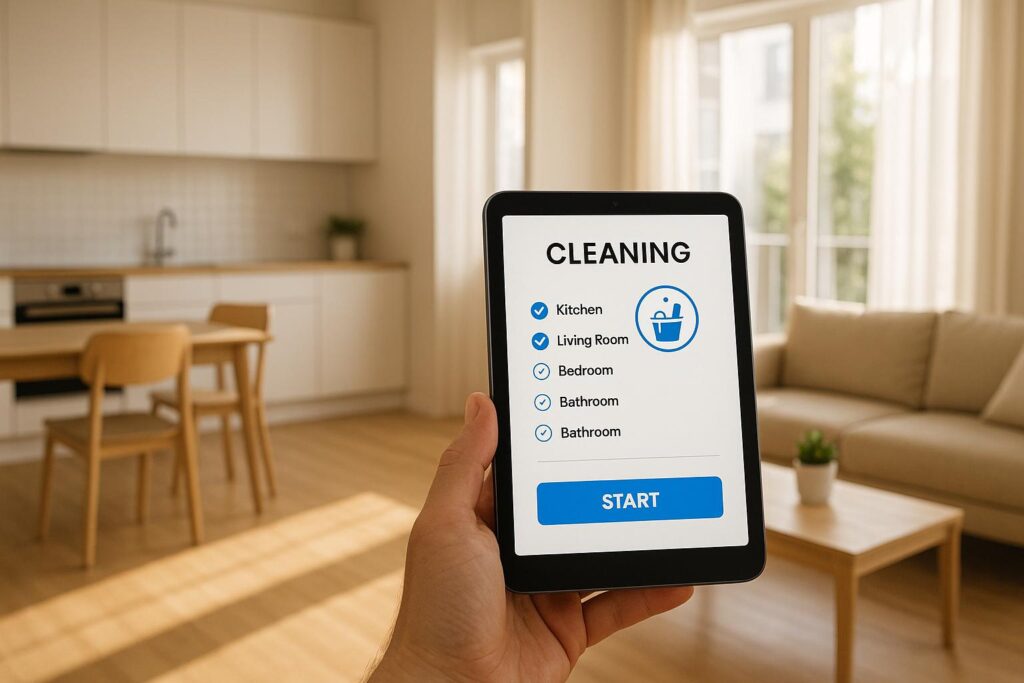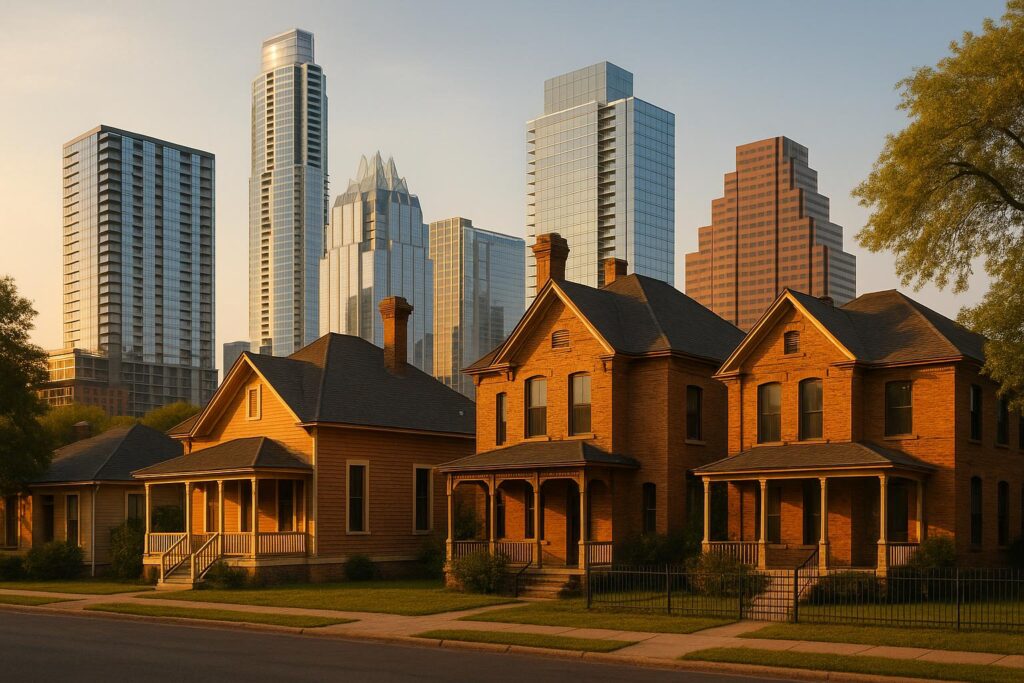Neighborhood associations in Austin empower residents to shape their communities. These volunteer-run groups enhance safety, improve public spaces, advocate for local interests, and keep neighbors informed. Here’s how they make a difference:
- Safety Initiatives: Organize neighborhood watch programs, safety training, and emergency planning.
- Beautification Efforts: Maintain parks, green spaces, and local art projects through volunteer events and fundraising.
- Advocacy: Represent community interests in zoning, traffic, and preservation with city officials.
- Communication: Share updates via newsletters, social media, and meetings to keep residents connected.
These efforts build safer, more connected neighborhoods while preserving Austin’s unique character.
How to Get More People Involved in Your Neighborhood …
Safety Programs and Crime Prevention
Austin neighborhood associations work together to improve safety by organizing watch groups, hosting training sessions, and planning emergency drills. They collaborate with local agents who understand the area’s layout and growth patterns.
Setting Up Neighborhood Watch Groups
Neighborhood watch groups rely on volunteers who patrol the area and share updates through newsletters, meetings, or online platforms. They work with local agents to identify high-traffic areas, housing clusters, and new developments that might impact security.
In addition to keeping an eye out for suspicious activity, these groups help residents prepare for emergencies by sharing practical skills and action plans.
Safety Training and Emergency Planning
Associations team up with the Austin Local Team to get advice from agents on home safety measures, evacuation routes, and infrastructure concerns. They also organize workshops on disaster preparedness, security tips, and communication tools like phone trees or group messaging apps.
These efforts not only improve safety but also build trust among neighbors, setting the stage for other community-focused activities like advocacy projects, beautification efforts, and social events.
Neighborhood Improvement Projects
Austin neighborhood associations take an active role in maintaining parks and green spaces. Residents lead efforts to assess needs, plan improvements, gather funding, organize volunteer events, and ensure ongoing care.
Park and Green Space Maintenance
- Conduct surveys to pinpoint and prioritize areas needing attention.
- Create timelines, list necessary materials, and assign tasks to volunteers.
- Raise funds through city grants or local fundraisers.
- Organize volunteer workdays for activities like cleanup, planting, and trail repairs.
- Establish regular schedules for inspections and maintenance.
These community-driven methods are also used to support local art projects and organize neighborhood events, fostering a stronger sense of connection among residents.
Speaking Up for Neighborhood Interests
Building on efforts to improve safety and enhance the area’s appearance, associations are now stepping into advocacy to influence local policies.
Working with City Officials
Neighborhood associations use their monthly meetings to rally residents for city council sessions and planning commission hearings. Leaders present detailed petitions, often supported by community surveys, to sway decisions on zoning, traffic flow, and infrastructure projects.
Preserving Neighborhood History
Volunteer groups that care for local parks are also documenting historic properties and gathering evidence for preservation applications. These teams apply for grants and submit requests to city preservation offices to protect Austin’s architectural heritage.
sbb-itb-4c99469
Building Stronger Communities
Key Communication Channels
Once neighbors are engaged in safety initiatives and advocacy efforts, keeping the community informed is essential to maintaining involvement.
Here are some effective ways to keep communication flowing:
- Monthly newsletters: Share updates on safety, upcoming events, zoning changes, and volunteer opportunities.
- Community website or social media pages: Include a calendar of events and post real-time updates to keep everyone in the loop.
- Printed materials: Use door-to-door flyers or yard signs to connect with residents who may not use digital platforms.
These approaches help maintain the trust established through neighborhood watch programs, beautification projects, and advocacy efforts.
Working with Local Partners
Collaborating with local organizations helps associations access more resources and enhance their efforts.
Real Estate Insights from Austin Local Team
Austin Local Team offers tools like neighborhood market analysis, trend reports, and updates on development projects. These resources help residents stay informed about housing trends, make smarter property decisions, and contribute to a stable community.
Collaborations with City Organizations
Teaming up with the Austin Neighborhoods Council (ANC) ensures shared goals across communities. This partnership boosts advocacy efforts in city planning and provides access to leadership training and funding opportunities.
Conclusion: Results of Neighborhood Association Work
Efforts like neighborhood watch programs and emergency preparedness plans have helped improve safety across Austin communities. Beautification projects, such as park upkeep and public art installations, have brought new life to shared spaces. Advocacy with city officials and preservation groups ensures historic buildings are protected and infrastructure is thoughtfully planned. Regular events, newsletters, and community forums keep residents in the loop and actively involved. Collaborations with groups like Austin Local Team provide real estate insights and guidance, helping maintain property values and support mindful development. Together, these initiatives create safer, more connected communities while preserving the distinct character of each neighborhood.
FAQs
How can I join a neighborhood association in Austin?
Neighborhood associations play a vital role in strengthening Austin communities by fostering safety, organizing beautification projects, and advocating for local needs. To get involved, start by researching your neighborhood’s association. Many have websites or social media pages where you can find contact details, meeting schedules, and membership information.
Attending a meeting is a great first step to connect with neighbors and learn about ongoing initiatives. Volunteering for events or committees can also help you make an impact while building relationships within your community. By joining, you contribute to making Austin’s neighborhoods more vibrant and connected.
How do neighborhood watch programs benefit Austin communities?
Neighborhood watch programs play a vital role in enhancing safety and fostering a sense of community in Austin. By encouraging neighbors to look out for one another, these programs help deter crime, improve communication with local law enforcement, and create a safer environment for residents.
Beyond safety, neighborhood watch programs often strengthen community bonds. Regular meetings and shared goals bring neighbors together, promoting trust and cooperation. These efforts not only make neighborhoods safer but also more connected and resilient.
How do neighborhood associations impact local policies and community decisions in Austin?
Neighborhood associations play a vital role in shaping local policies and decisions in Austin by serving as a collective voice for residents. These groups often collaborate with city officials, attend public meetings, and advocate for initiatives that reflect the community’s needs and priorities. From zoning changes to infrastructure improvements, their input helps influence decisions that directly affect the neighborhood.
Additionally, neighborhood associations foster community engagement by encouraging residents to participate in discussions and stay informed about local developments. This active involvement ensures that the interests of the community are represented and considered in city planning and policy-making processes.






